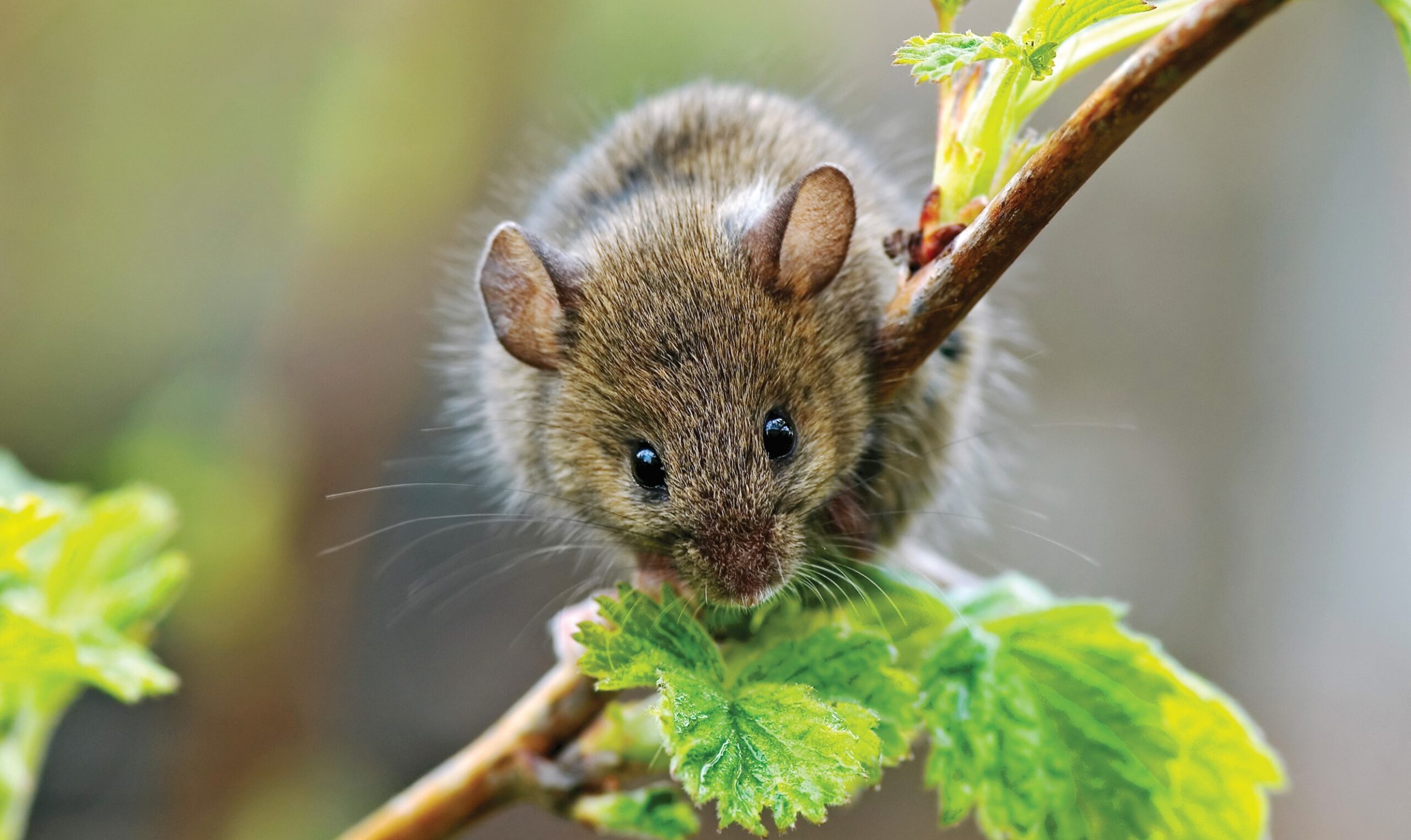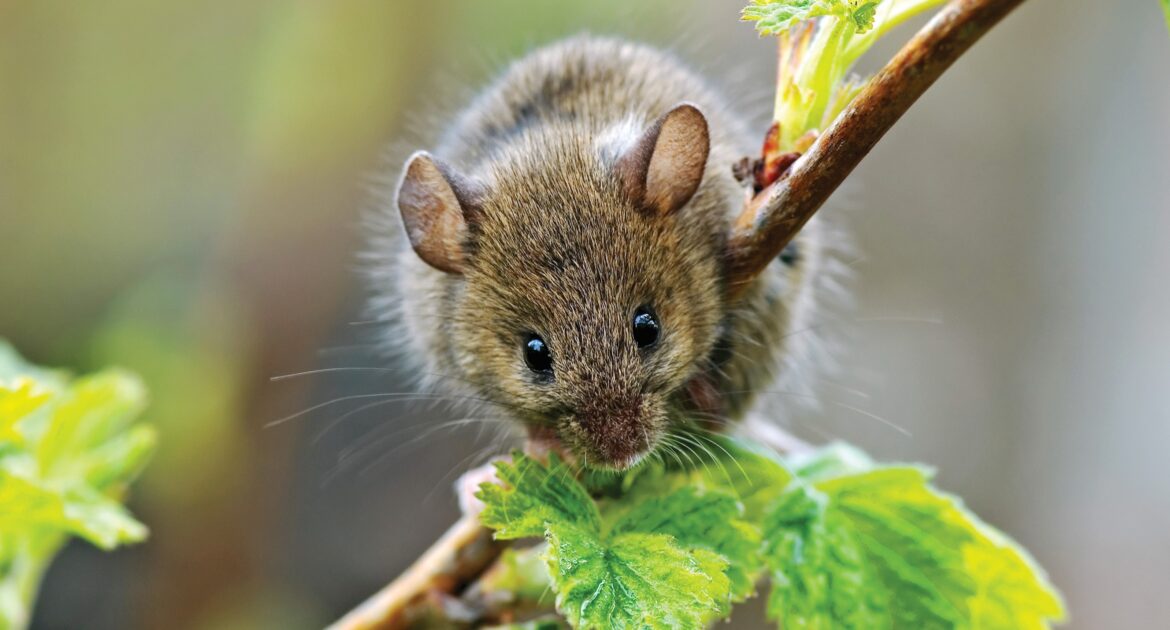Mice are quite resourceful creatures, aren’t they? They’ve managed to thrive in the hustle and bustle of Toronto just as well as they do in rural areas. You’d be surprised at how easily they can turn our city into a cozy home, taking advantage of the warmth and food our homes provide.
Often, homeowners don’t even realize they’re sharing their space with these little creatures until it’s too late. Have you ever heard scratching sounds coming from your walls or found tiny, dark droppings along your baseboards? Those are signs you might have some furry guests. That’s where Skedaddle comes in. Our professional wildlife removal services in Toronto can handle the situation humanely and efficiently, making sure your home stays clean and peaceful.
It’s important to act quickly to avoid any health risks and damage to your property. Let us help you safeguard your home from these surprisingly adaptable urban dwellers.
House Mice vs. Field Mice: What’s the Difference?
While most homeowners may not bother with the distinction, to a wildlife control expert, the species of mouse is the first clue to their behaviour. Field mice, also known as deer mice, are more often found in rural areas, whereas the house mouse is the species you’re likely to find nestled in your Toronto home.
Distinct with its grey-brown fur and proportionately large ears, the house mouse is smaller than its cousin, the field mouse. Native to Asia, it has established itself worldwide, and its city-dwelling variety has adapted to a diet that consists largely of human scraps and pantry goods. They’re prolific breeders, with females capable of producing up to a dozen babies every three weeks, making early detection and eradication crucial.
Signs of a Mice Infestation
By the time you spot a mouse or two, you likely already have a small infestation on your hands. Understanding the signs of a mouse presence will help you act swiftly to regain control of your home.
Mice are notorious nibblers, and their teeth continually grow, so they need to gnaw on various objects to keep them at a manageable length. Look for chew marks on food packaging, furniture, and even electrical wires. Holes in food containers are an almost sure sign of their activity.
Mouse droppings resemble black rice grains, and they’re often found near their nests and along their travel routes—usually close to food sources.
Mice are resourceful in using any soft material they can find to build their nests, including insulation, paper, fabrics, and even the stuffing from your couches or mattresses.
House mice are usually nocturnal, so if you’re hearing scratching or scuttling noises at night, you may have some unwelcome lodgers. Mice also have a distinctive musky odour that can become noticeable in a closed-up space.
Why Toronto is a Mecca for Mice
Toronto, much like other big cities, is practically a buffet for wildlife, including mice. These resilient little creatures adapt their habits with the changing seasons, making the most of the city’s diverse habitats, food sources, and shelters.
During the warmer months, you’ll find mice foraging all over the place, taking full advantage of easily accessible trash bins and outdoor food options. But come winter, they’re on a mission to find warmth and steady food supplies—often leading them straight into our homes.
The variety of environments in Toronto, both big and small, provides an ideal setting for these adaptable rodents. Urban green spaces, neglected backyards, and damp basements create perfect conditions for them to thrive.
For most of the year, Toronto’s mice enjoy the city’s lush foliage and the shelter offered by porches and backyard areas, where humidity and food are well-regulated. However, when the temperatures drop, these crafty critters start looking for a cozy indoor refuge.
Habits and Haunts of Toronto’s Urban Mice
Understanding the behaviour of urban mice can help homeowners anticipate and prevent infestations.
Mice are meticulous foragers. They’ll memorize locations of food stores and feeding times, so it’s important to keep all food sources, including pet bowls and bird feeders, secured.
House mice are excellent climbers, jumpers, and swimmers, enabling them to exploit the vertical space in urban environments. They’re also extremely agile and can squeeze through holes the size of a dime.
Mice prefer dark, hidden spots near food sources to build their nests. Within a home, these spots could be your attic, wall voids, behind appliances, and in stored belongings.
Preventing and Controlling Mice in Your Toronto Home
Adapting the strategies of Toronto’s urban ecosystem can help you keep these creatures from adapting to your living spaces. Here are tips for mouse-proofing your home.
- Sealing Entry Points: Mice can enter through incredibly small gaps in your home. Inspect your foundation, walls, and roofline for any potential entrances and seal them with steel wool, wire mesh, or caulking.
- Remove Mice’s Necessities: Store food in airtight containers, keep your home clean, and minimize clutter to reduce nesting sites.
- Landscaping Limitation: Maintain a tidy yard, trim back vegetation from your home, and eliminate any debris that could serve as a haven for mice.
- Deter with Scents: Strong-smelling substances like peppermint oil, ammonia, or even the scent of predators (cats being the most obvious) can discourage mice from entering.
The Skedaddle Difference
Skedaddle is a household name in Toronto when it comes to wildlife control. With a focus on humane removal and expertise in the local fauna, Skedaddle’s approach is both effective and conscious of the delicate urban ecosystem.
Skedaddle’s wildlife-proofing solutions are designed to last. Mice are resourceful, and Skedaddle crafts its installations to outsmart even the smartest among them.
Live removal and relocation are part of Skedaddle’s approach. Once removed from your home, the mice are released into habitats where they can thrive without intruding on human territory.
The Skedaddle warranty provides peace of mind. Their team of experts has decades of collective experience and they stand behind their workmanship.
When DIY Isn’t the Way
Dealing with a single mouse is one thing, but when the signs of infestation are clear, it’s best to leave it to the professionals. Using poisons without the proper precautions can pose risks to pets and even young children. Live traps have to be carefully monitored, as they’ll require frequent checks to avoid the stress and potential harm to the mice once they’re captured.
It’s also essential to consider that mice are harbingers of larger issues. If they’ve found their way into your home, there are likely other pests that could be following suit if not already present. Skedaddle takes a comprehensive approach to wildlife control, ensuring that your home is returned to you in a pristine state, free from wildlife and the problems they bring.
Choose Skedaddle for Wildlife Removal in Toronto
The adaptability of mice to urban life is astounding, but it doesn’t mean we have to share our homes with them. If you suspect a mouse infestation, reach out to Skedaddle for an assessment and professional removal services. Don’t wait for the signs to multiply; act now to safeguard your home against these resilient little creatures. After all, your home is your sanctuary in the vibrant city of Toronto, and it deserves to remain wildlife-free.
Call Skedaddle today and reclaim your space from Toronto’s most urban-adapted wildlife. It’s a small step for you, but it’s a huge leap for your peace of mind.




